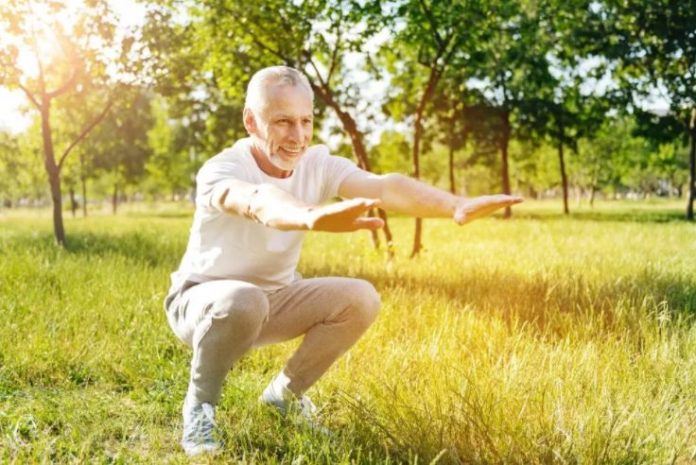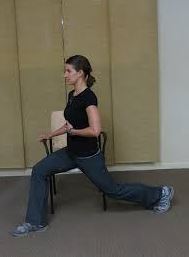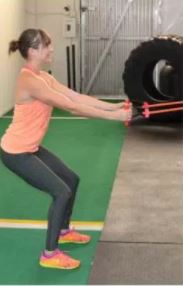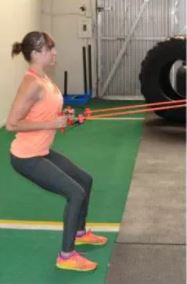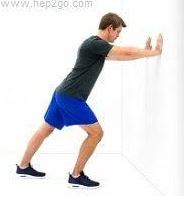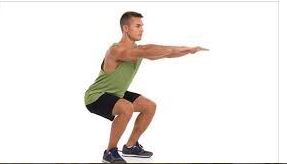Getting out of a chair, off the toilet or just standing up are things we do everyday, which make it easy to undervalue the importance of being able to squat. In my opinion, the squat is probably one of the most important exercises for seniors. If you have ever been to a country like China, it is common to have to go to the bathroom by squatting, which means that performing this exercise properly is crucial.
Unfortunately for most of us, going to the bathroom or doing any movements that forces us to properly squat becomes harder the older we get. When movements like squats become harder, we often install devices like grab bars by our toilets, bend over using our back to pick things up off the ground (which isn’t good) or even lose the ability to squat properly period. So if we can agree that the squat is an important exercise for seniors, here are 4 ways I would recommend improving it.
Stretch your Hip Flexors
Many people have very tight hip flexors because of many hours of continuous sitting down. If you didn’t already know, your hip flexors are the group of muscles that are responsible for you lifting your knees in the air. Sitting for long periods makes these muscles very stiff, inactive, and in need stretching. To get a good hip flexor stretch, straddle a chair, bench (see picture) or anything that where you can put one leg behind you. Once you are in the correct stretching position, try to bring your upper body upright. Hold for 30-60 seconds on both sides.
Strengthen Your Back muscles
Although the squat is a lower body exercise, maintaining good upper body position affects how well you perform. Unfortunately, through a lack of training or bad posture, many people struggle to keep their body upright when squatting. This is important because when someone can’t stay upright, they bend forward and use their back muscles more than they should. Try attaching a band around a railing, pole or anything where you can pull and squeeze your shoulder blades together (see picture). The key to performing this exercise well is standing tall and squeezing your shoulder blades together. Do 12-15 reps with adequate tension.
Stretch Your Calves
Do your heels lift off the ground when you try to squat? If they do, that means that you probably have tight calves. Most people I know have tight calves, which affects how low they can go when they squat. Not going low enough in a squat will determine the effectiveness of the exercise in training your legs. Put your foot against the wall, and bring your body as close to the wall as possible. Hold for 30-60 seconds on each side.
Stick Your Butt Out!
What I notice for many people when they lose the ability to squat well, is that they bend from their knees only, and do not include their hips when performing the exercise. If you look at the way you prepare yourself to sit on a chair, you push your butt out before you hit the seat. When you squat well, it should look like you are preparing to sit on a seat, but with an invisible chair underneath you. A great squat requires you to push your hips back, which will put less pressure on your knees and puts more emphasis on training your thigh muscles to get stronger.
While I believe the squat to be the most important exercise for seniors, it is crucial that you are able to do it well. If you have any confusions of what a proper squat looks like, please watch at the video below.
















